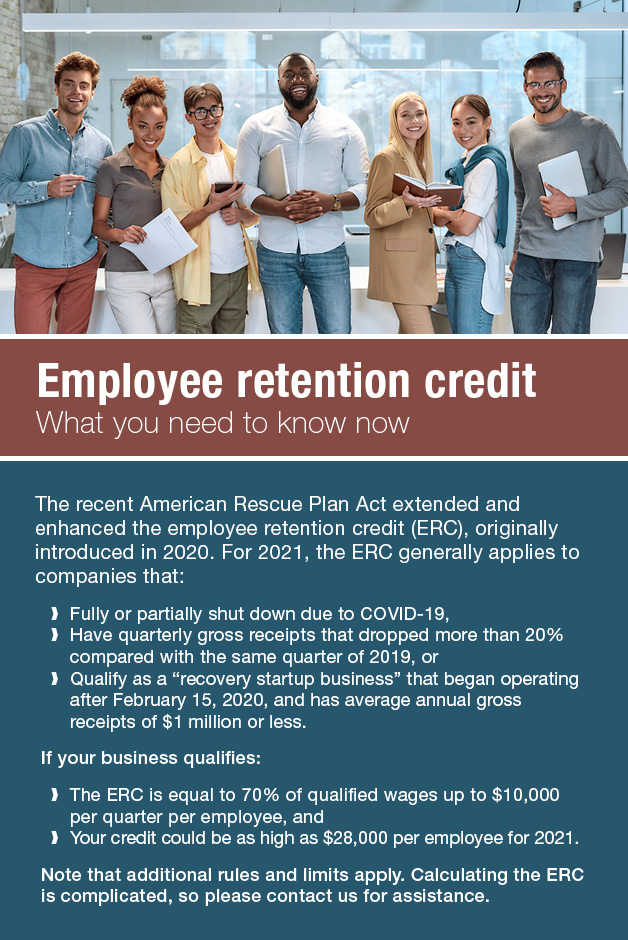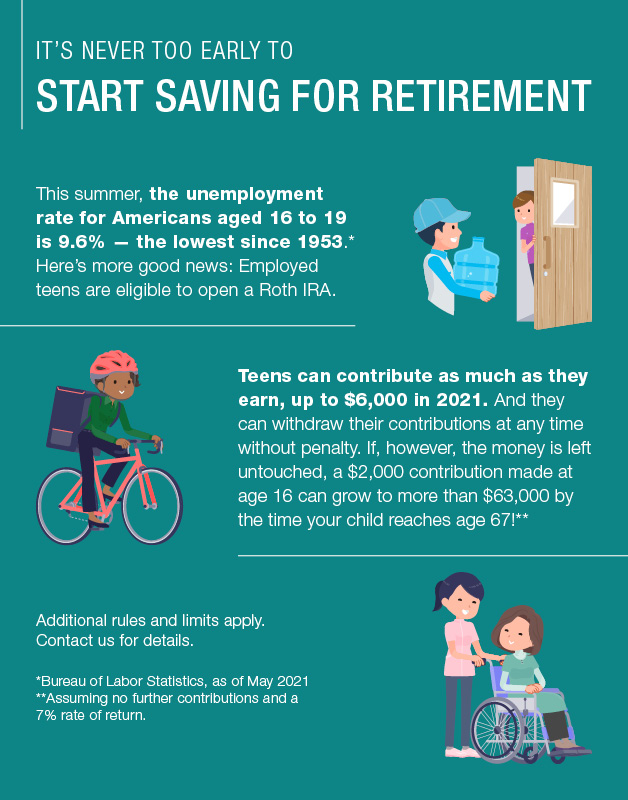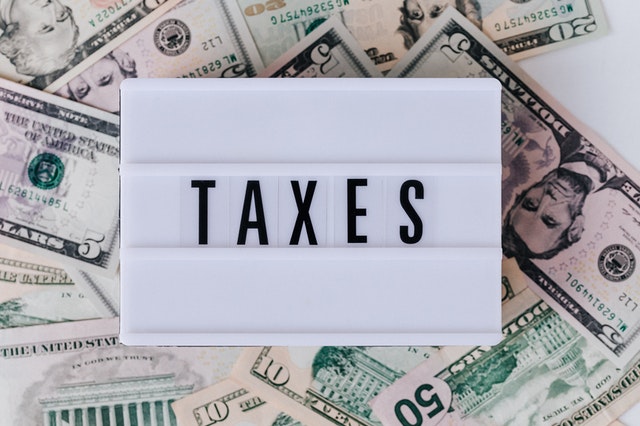
Determining how much of your retirement nest egg to withdraw each year can be stressful. You want to take out enough to maintain a comfortable lifestyle, yet the idea of running out of money is frightening. The 4% rule can help.
How it works
The 4% rule is derived from a 1994 study of stock and bond returns from the 1920s through the 1970s. The author of the study concluded that, regardless of the market’s ups and downs, there was no historical scenario under which annual 4% inflation-adjusted withdrawals would exhaust a retirement portfolio in less than 33 years.
To apply the rule, begin by withdrawing 4% of your portfolio in the first year of retirement. For example, if you’ve saved $2 million, you would withdraw $80,000 in the first year. To maintain your purchasing power, you would increase your withdrawals each year to keep pace with inflation. For example, if the inflation rate is 2.5%, you would withdraw $82,000 in year two and $84,050 in year three.
Exclusive use discouraged
Although the 4% rule can be a useful tool, relying on it exclusively may be dangerous. As with all investing rules, the fact that it worked in the past is no guarantee it will work the same way in the future. Today’s low bond interest rates may not even support a 4% withdrawal rate. Interest rates were substantially higher when the rule was established, and some experts believe that a 3% rule may be more realistic.
Also, if your portfolio contains more high-risk investments than the typical portfolio, the rule may not protect you in the event of a significant market downturn. What’s more, people are living longer and retirement periods well over 30 years aren’t uncommon. Planning for a 30-year retirement could leave you short of funds.
Then there’s the risk that a 4% annual withdrawal is less than you can afford and will lead you to miss out on some of the pleasures of retirement. The rule provides some protection against running out of money, but a large percentage of retirees who follow it end up maintaining or even increasing the size of their nest eggs by the end of the 30-year time horizon.
Better solution
So think of the 4% rule as a guideline. You might withdraw 4% the first year and then re-evaluate the lasting power of your savings annually. Talk to your financial advisor about a withdrawal strategy that takes into account your unique circumstances.
As we continue to come out of the COVID-19 pandemic, you may be traveling again for business. Under tax law, there are a number of rules for deducting the cost of your out-of-town business travel within the United States. These rules apply if the business conducted out of town reasonably requires an overnight stay.
Note that under the Tax Cuts and Jobs Act, employees can’t deduct their unreimbursed travel expenses through 2025 on their own tax returns. That’s because unreimbursed employee business expenses are “miscellaneous itemized deductions” that aren’t deductible through 2025.
However, self-employed individuals can continue to deduct business expenses, including away-from-home travel expenses.
Here are some of the rules that come into play.
Transportation and meals
The actual costs of travel (for example, plane fare and cabs to the airport) are deductible for out-of-town business trips. You’re also allowed to deduct the cost of meals and lodging. Your meals are deductible even if they’re not connected to a business conversation or other business function. The Consolidated Appropriations Act includes a provision that removes the 50% limit on deducting eligible business meals for 2021 and 2022. The law allows a 100% deduction for food and beverages provided by a restaurant. Takeout and delivery meals provided by a restaurant are also fully deductible.
Keep in mind that no deduction is allowed for meal or lodging expenses that are “lavish or extravagant,” a term that’s been interpreted to mean “unreasonable.”
Personal entertainment costs on the trip aren’t deductible, but business-related costs such as those for dry cleaning, phone calls and computer rentals can be written off.
Combining business and pleasure
Some allocations may be required if the trip is a combined business/pleasure trip, for example, if you fly to a location for five days of business meetings and stay on for an additional period of vacation. Only the cost of meals, lodging, etc., incurred for the business days are deductible — not those incurred for the personal vacation days.
On the other hand, with respect to the cost of the travel itself (plane fare, etc.), if the trip is “primarily” business, the travel cost can be deducted in its entirety and no allocation is required. Conversely, if the trip is primarily personal, none of the travel costs are deductible. An important factor in determining if the trip is primarily business or personal is the amount of time spent on each (although this isn’’t the sole factor).
If the trip doesn’t involve the actual conduct of business but is for the purpose of attending a convention, seminar, etc., the IRS may check the nature of the meetings carefully to make sure they aren’t vacations in disguise. Retain all material helpful in establishing the business or professional nature of this travel.
Other expenses
The rules for deducting the costs of a spouse who accompanies you on a business trip are very restrictive. No deduction is allowed unless the spouse is an employee of you or your company, and the spouse’s travel is also for a business purpose.
Finally, note that personal expenses you incur at home as a result of taking the trip aren’t deductible. For example, the cost of boarding a pet while you’re away isn’t deductible. Contact us if you have questions about your small business deductions.
Here are some of the key tax-related deadlines affecting businesses and other employers during the third quarter of 2021. Keep in mind that this list isn’t all-inclusive, so there may be additional deadlines that apply to you. Contact us to ensure you’re meeting all applicable deadlines and to learn more about the filing requirements.
Monday, August 2
- Employers report income tax withholding and FICA taxes for second quarter 2021 (Form 941) and pay any tax due.
- Employers file a 2020 calendar-year retirement plan report (Form 5500 or Form 5500-EZ) or request an extension.
Tuesday, August 10
- Employers report income tax withholding and FICA taxes for second quarter 2021 (Form 941), if you deposited all associated taxes that were due in full and on time.
Wednesday, September 15
- Individuals pay the third installment of 2021 estimated taxes, if not paying income tax through withholding (Form 1040-ES).
- If a calendar-year corporation, pay the third installment of 2021 estimated income taxes.
- If a calendar-year S corporation or partnership that filed an automatic extension:
- File a 2020 income tax return (Form 1120S, Form 1065 or Form 1065-B) and pay any tax, interest and penalties due.
- Make contributions for 2020 to certain employer-sponsored retirement plans.
If you’re claiming deductions for business meals or auto expenses, expect the IRS to closely review them. In some cases, taxpayers have incomplete documentation or try to create records months (or years) later. In doing so, they fail to meet the strict substantiation requirements set forth under tax law. Tax auditors are adept at rooting out inconsistencies, omissions and errors in taxpayers’ records, as illustrated by one recent U.S. Tax Court case.
Facts of the case
In the case, the taxpayer ran a notary and paralegal business. She deducted business meals and vehicle expenses that she allegedly incurred in connection with her business.
The deductions were denied by the IRS and the court. Tax law “establishes higher substantiation requirements” for these and certain other expenses, the court noted. No deduction is generally allowed “unless the taxpayer substantiates the amount, time and place, business purpose, and business relationship to the taxpayer of the person receiving the benefit” for each expense with adequate records or sufficient evidence.
The taxpayer in this case didn’t provide adequate records or other sufficient evidence to prove the business purpose of her meal expenses. She gave vague testimony that she deducted expenses for meals where she “talked strategies” with people who “wanted her to do some work.” The court found this was insufficient to show the connection between the meals and her business.
When it came to the taxpayer’s vehicle expense deductions, she failed to offer credible evidence showing where she drove her vehicle, the purpose of each trip and her business relationship to the places visited. She also conceded that she used her car for both business and personal activities. (TC Memo 2021-50)
Best practices for business expenses
This case is an example of why it’s critical to maintain meticulous records to support business expenses for meals and vehicle deductions. Here’s a list of “DOs and DON’Ts” to help meet the strict IRS and tax law substantiation requirements for these items:
DO keep detailed, accurate records. For each expense, record the amount, the time and place, the business purpose, and the business relationship of any person to whom you provided a meal. If you have employees who you reimburse for meals and auto expenses, make sure they’re complying with all the rules.
DON’T reconstruct expense logs at year end or wait until you receive a notice from the IRS. Take a moment to record the details in a log or diary or on a receipt at the time of the event or soon after. Require employees to submit monthly expense reports.
DO respect the fine line between personal and business expenses. Be careful about combining business and pleasure. Your business checking account shouldn’t be used for personal expenses.
DON’T be surprised if the IRS asks you to prove your deductions. Meal and auto expenses are a magnet for attention. Be prepared for a challenge.
With organization and guidance from us, your tax records can stand up to scrutiny from the IRS. There may be ways to substantiate your deductions that you haven’t thought of, and there may be a way to estimate certain deductions (“the Cohan rule”), if your records are lost due to a fire, theft, flood or other disaster.
August 2021
Employers – Federal unemployment tax. Deposit the tax owed through June if more than $500.
Employers – If you maintain an employee benefit plan, such as a pension, profit sharing, or stock bonus plan, file Form 5500 or 5500-EZ for calendar year 2020. If you use a fiscal year as your plan year, file the form by the last day of the seventh month after the plan year ends.
Certain Small Employers – Deposit any undeposited tax if your tax liability is $2,500 or more for 2021 but less than $2,500 for the second quarter.
Employers – Social Security, Medicare, and withheld income tax. File Form 941 for the second quarter of 2021. Deposit any undeposited tax. (If your tax liability is less than $2,500, you can pay it in full with a timely filed return.) If you deposited the tax for the quarter in full and on time, you have until August 10 to file the return.
August 10, 2021
Employees – Who work for tips. If you received $20 or more in tips during July, report them to your employer. You can use Form 4070.
Employers – Social Security, Medicare, and withheld income tax. File Form 941 for the second quarter of 2021. This due date only applies if you deposited the tax for the quarter timely, properly, and in full.
August 16, 2021
Employer – Social Security, Medicare, and withheld income tax. If the monthly deposit rule applies, deposit the tax for payments in July.
Employers – Nonpayroll withholding. If the monthly deposit rule applies, deposit the tax for payments in July.








